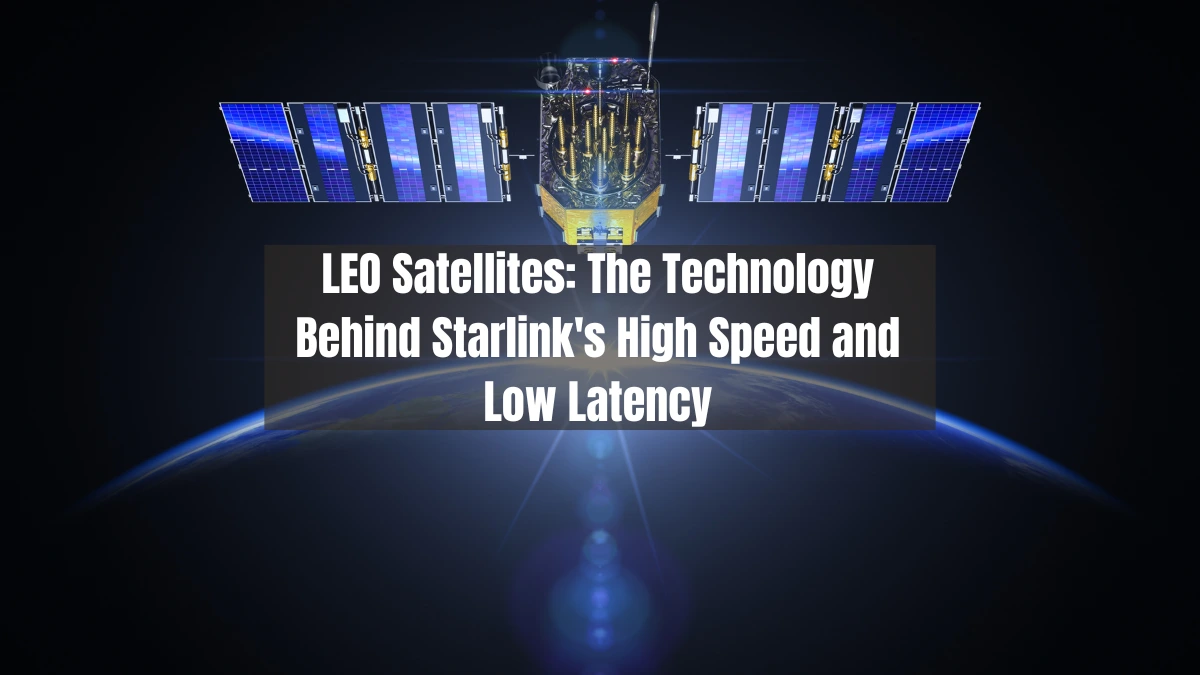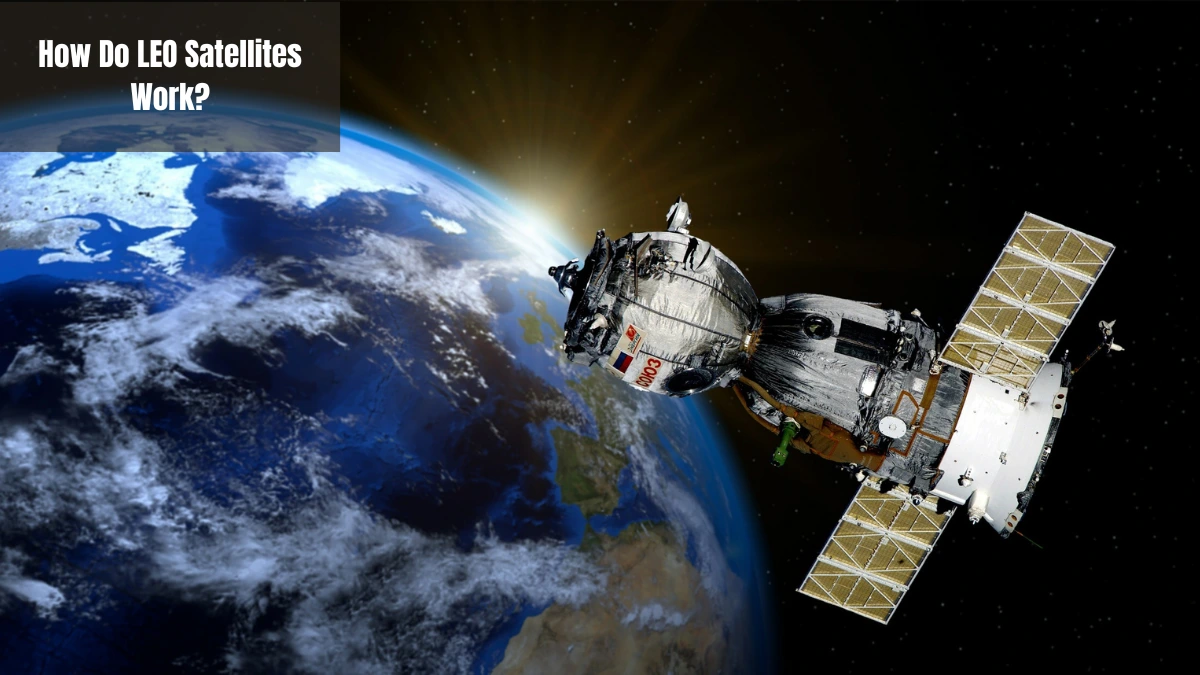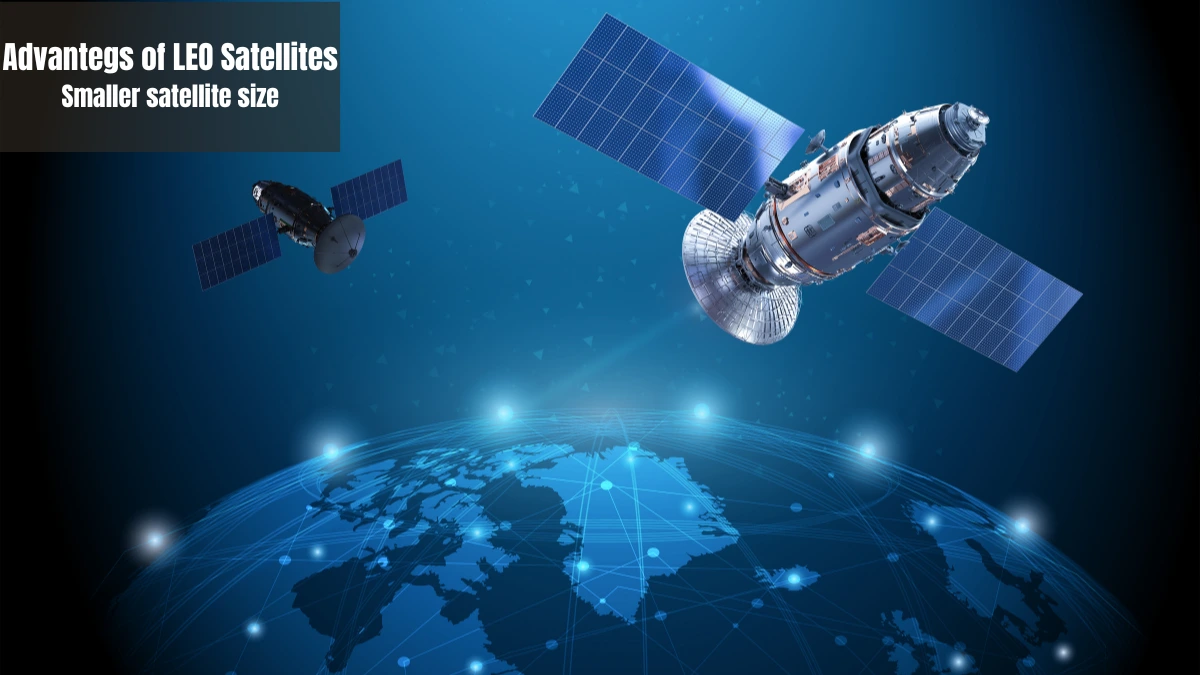You may already know that Starlink uses Low Earth Orbit (LEO) satellites to carry out its tasks. This is the technology behind the high internet speeds and low latency provided by SpaceX.
LEO satellites are the core technology that sets Starlink apart from other satellite technologies. Elon Musk's satellites are orbiting closer to Earth. This proximity is what enables speeds nearly matching fiber optic capabilities.
Curious to learn more about LEO satellites? Let's explore their definition, how they work, and their advantages over traditional satellites.
What are LEO Satellites?

LEO satellites are satellites that orbit close to Earth. Their distance is estimated to be only about 500-1,200 kilometers from the ground. This distance is certainly much closer than geostationary (GEO) satellites, which orbit at an altitude of more than 35,000 kilometers.
This difference in distance enables LEO satellites to transmit and receive signals more quickly. These satellites offer low latency and near-instantaneous response times.
Thousands of LEO satellites have been launched by SpaceX to form an interconnected constellation network supporting Starlink operations. Their role is to ensure that internet connectivity on the Starlink network remains reliable even under adverse weather conditions.
How Do LEO Satellites Work?

LEO satellites operate dynamically, with Starlink's parabolic antennas continuously adjusting their direction to capture signals from passing satellites. The antennas constantly search for the numerous moving satellites within their immediate range without losing connection.
As a result, Starlink can deliver high speeds and low latency even when installed in remote locations. It even becomes a wireless device whose performance is closest to that of fiber optics. This certainly provides an enjoyable internet experience for those who dislike weak internet in remote areas.
The Advantages of LEO Satellites
As a technology that was only introduced in 2015, LEO satellites are always compared to their predecessors, GEO satellites. So what are the advantages of LEO satellites over GEO satellites?
Lower latency
The closer distance to Earth is what makes LEO satellites superior in terms of latency. Starlink signals travel shorter distances, resulting in much lower latency and greater responsiveness. This device is ideal for financial transactions, online gaming, and video conferencing.
Smaller satellite size

LEO satellites have dimensions of approximately 2.8 meters in length and 1.4 meters in width. They weigh only 260 kg for the first generation, 740 kg for the V2 mini generation, and 1,250 kg for the V2 version. This size is significantly smaller compared to GEO satellites, which can weigh up to six tons and have large dimensions due to the need to accommodate large solar panels and antennas.
Better coverage
LEO satellites provide better coverage than GEO satellites. By orbiting at an angle, Starlink satellites are able to provide better coverage in polar regions. This is something that GEO satellites cannot achieve.
Cheaper launch costs
Launching LEO satellites into orbit tends to be cheaper. Not only do they orbit lower than GEO satellites, but there are several factors that affect their cost, namely size, complexity, and mass production.
That is the information related to LEO satellites that can broaden your knowledge about the technology initiated by Elon Musk and SpaceX. By orbiting closer to Earth and having better coverage, latency is lower. Not only that, but this technology also offers higher speeds.
With its advantages and more practical operation, it is possible that this technology will be in high demand in the future. Lower costs will certainly be a significant factor in the shift to wireless internet technology in supporting digital equality.